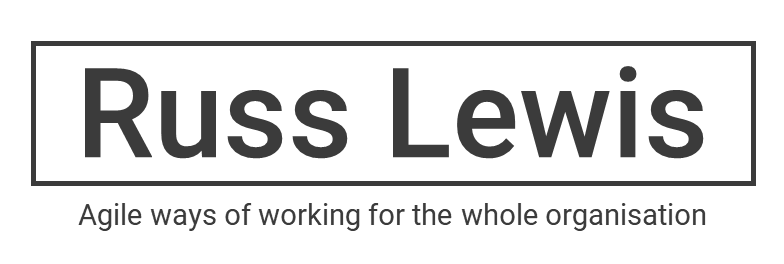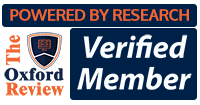
There is a workplace evolution underway, lots of people are signalling it. Dan Pink came-up with the label ‘Motivation 3.0’ in Drive; Jurgen Appelo followed suit with ‘Management 3.0’; and many of us speak of a move towards a Lean or Agile enterprise. Earlier this year, Frederic Laloux published Reinventing Organisations in which he not only identifies the way organisations have evolved during human history, but usefully classifies them all using a system of colours.
What characterises this latest adaptation, to teal organisations, is the move from ego-centric behaviour to team achievement. From greed-motivated and planet-sapping to socially-responsible and sustainable. From going to work because you have-to, to working because you want to be part of something that feels worthwhile.
Pioneering organisations have seen devolved decision-making spill over from engineering (lean) and IT (agile) into marketing and HR and finance. This is perhaps inevitable. A team that has learned how to improve itself and has the confidence to make change will not stop at its departmental boundaries. The way annual budgets are set, holidays booked, salary levels paid and even hiring decisions have all been examined and 're-engineered'.
The colour system of teal organisations' evolution
Laloux’s colour system is simple enough to become a very practical shorthand. Thus, gang and Mafia-type organisations are red; government agencies and the Catholic Church are amber; brands like Coca-Cola and Nike are orange. Where amber are ‘command and control’, orange has evolved into ‘predict and control’. If amber uses ‘sticks’ for control then orange uses ‘sticks and carrots’.
According to Laloux, green follows orange, exemplified by Southwest Airlines and Ben and Jerry’s. These organisations operate a traditionally hierarchical structure but empower employees through devolved decision-making, stakeholder involvement (not just shareholder benefit) and being part of the ‘family’.
After green, organisations that transcend hierarchy attain the state Maslow called ‘self-actualising’. They become learning organisations and, according to Laloux outperform all the other stages put together when measured in terms of problem-solving speed and capacity. The colour of this organisation that “can lift groups of people to punch above their weight” and will “start healing the world of the wounds of modernity” is ‘teal’.
Can you lead a revolution with teal?
Named after a duck, teal is a greenish blue colour. Not the obvious choice for the herald of change. Teal’s former moment of glory was as the default desktop colour for Windows 95. If the teal organisation is to transcend the limitations of its predecessors then why not enlightened white, or sunshine yellow?
Then again, I’m colour blind, so perhaps I’m missing something.








What questions me in Laloux's color model is the following : what did he reinvent a colored model that looks so close to the well established Spiral Dynamics approach that describes the some evolutionary steps and go even beyond ? This brings confusion while the SD model has been developed, emulated and applied since such a long time. And I didn't get the answer yet.
Interesting point Philippe.
I've met a other people that have been surprised at Frederick's omissions. What I don't know is if the omissions were deliberate.